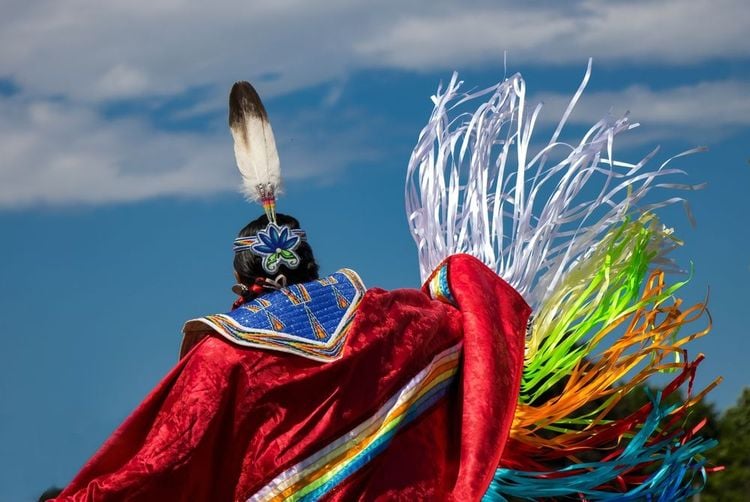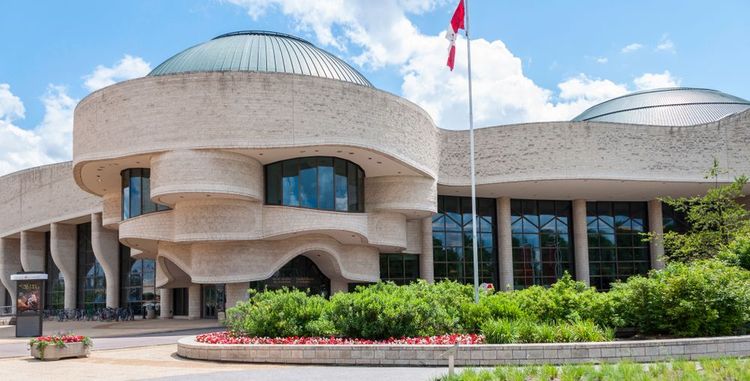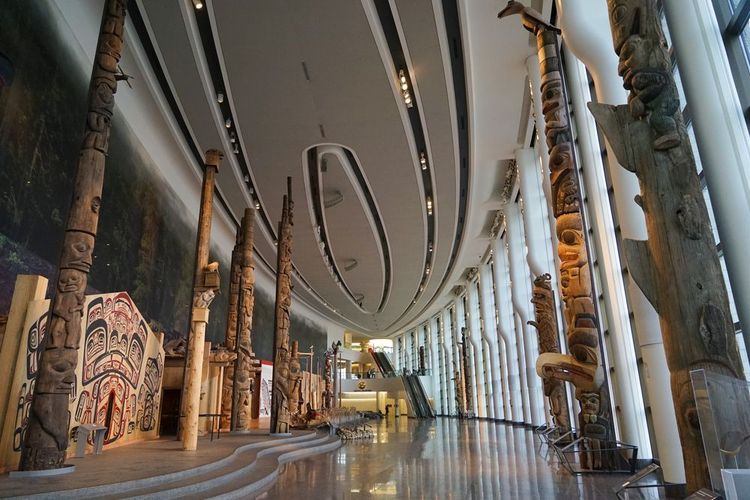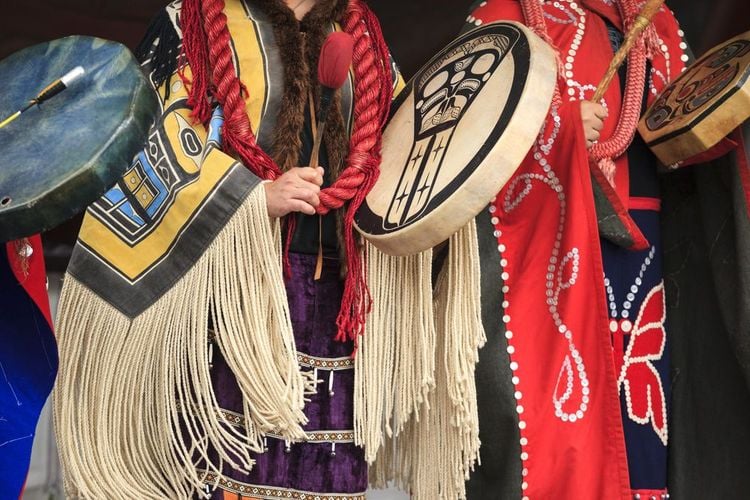The Canadian Museum of History is Canada's busiest museum. It is located in Gatineau, a Quebec city just across the river from Ottawa. The museum's mission is to collect and preserve objects that bear witness to Canada's human history and, above all, to the diversity of its population. The museum is also appreciated for its architecture and its location on the banks of the Ottawa River.
 Ottawa
Ottawa











